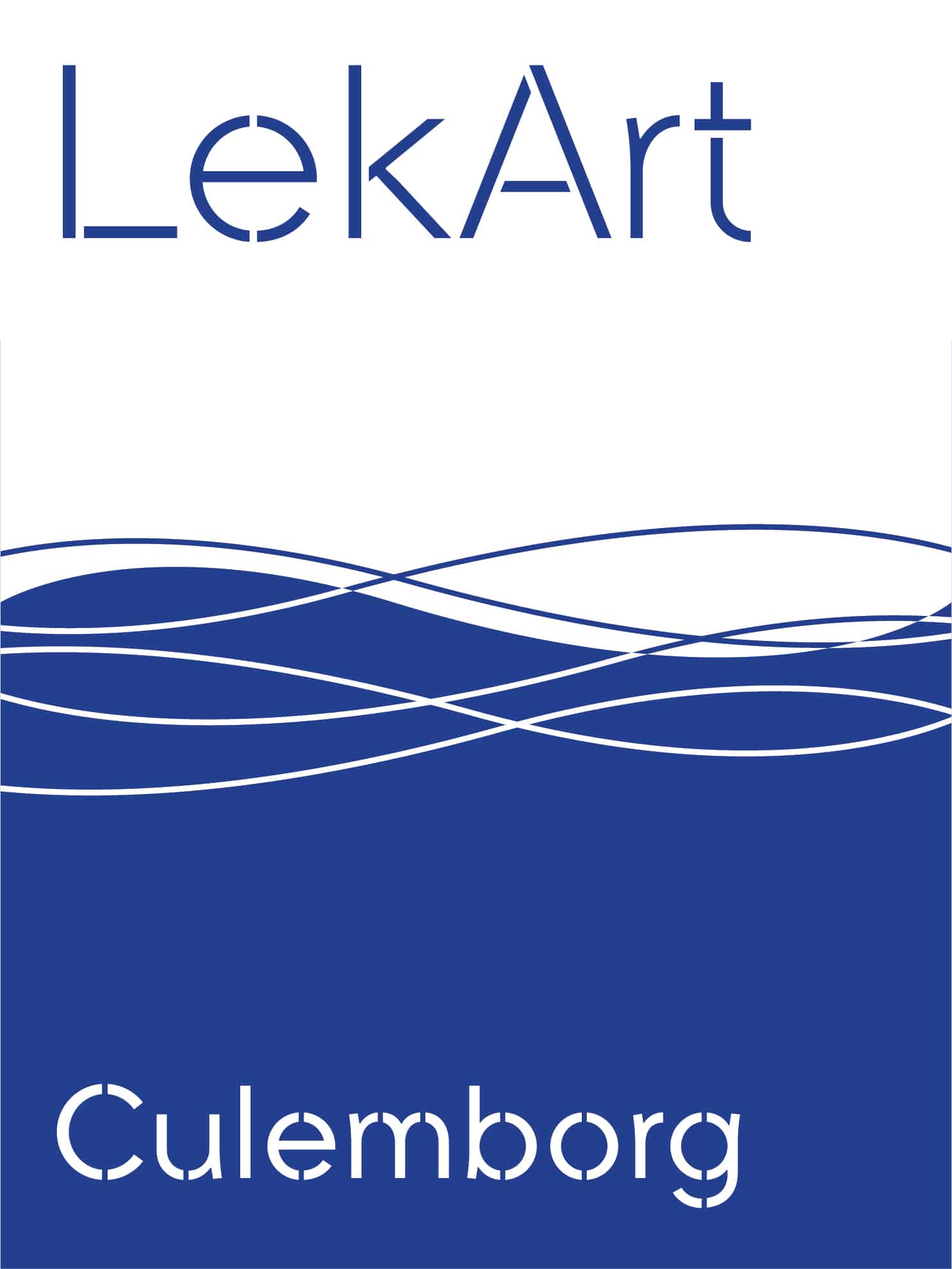LekArt 2022 River Deep program and tickets
Under the title River Deep, LekArt 2022 presents contemporary site-specific works of visual art, performance and installation art, theatre and lens-based media, photography and film. These works are presented in the landscape of the Lek. River Deep invites the visitor to delve into the natural power of the river. The Lek, a branche of the Rhine, characterises the landscape around Culemborg and as a pars-pro-toto it also characterises the delta landscape of the Netherlands as a whole.
Each work of River Deep highlights some of the power and splendour of the river and how people have dealt with it in the past and the present.
The festival is built around four motifs. The order of these motifs represents the change from control over nature to a more modest and open attitude, which is what River Deep is all about.
DATE AND TIMES
Friday 23, Saturday 24 and Sunday 25 September, 10 AM - 7 PM.
START LOCATIONS
Werk aan het Spoel, Goilberdingerdijk 40, Culemborg
De Gelderlandfabriek, Stationsweg 7, Culemborg
ENTREE
LekArt Festival can be organized with the help of sponsors and thanks to paying visitors. Your admission ticket is therefore worth a lot. It is valid for three days and gives access to all works of art, performances, tours and artist stories. For families with a festival ticket, a free LekArt Struinroute is available to experience art with children in a completely different way.
TICKETS
The LekArt festival site is freely accessible and a number of works of art can be viewed for free. For the full festival experience you can buy a ticket. In addition, the festival guide is available as well as bus tickets for the hop-on hop-off bus that runs between Gelderlandfabriek/NS Station and Werk aan het Spoel.
3-day festival ticket € 7 (students € 3.50; children up to and including 17 free)
Festival guide € 5.50. Hop on hop off bus day ticket € 3.50
ACCESSIBILITY
Coming by car? You can park free of charge at Culemborg NS Station. Are you coming by public transport? Take the hop-on hop-off bus from the NS station, bring your own bicycle(s) or walk a wonderful 3.3 km to Werk aan het Spoel. Werk aan het Spoel is very easy to reach by bike or by foot.
The works of art at Werk aan het Spoel are partially accessible to people in wheelchairs. The Werk aan het Spoel location is located on an unpaved site (lawn area) and has interior spaces in bunkers.
As soon as there is more information about ticket sales, it will be posted here.
MOTIF 1, DIKE: THE RIVER STUCK IN INFRASTRUCTURE
The first motif of the festival shows how, in the nineteenth century, the landscape was transformed into an infrastructural hub for modern times. The Lek forms an infrastructural junction with the Amsterdam-Rhine Canal, the railway line with the striking bridge at Culemborg and the highways A2 and A27. Also close by are the Roman Limes, which used the Dutch rivers as a natural border and the New Dutch Waterline: the protective belt that, with the help of the water, protected Holland against the enemy that traditionally came from the east. The inventive use of water in the Netherlands is phenomenal to see here. However, climate change brings imbalance, which illuminates the artworks from different angles.
MOTIF 2, GUARD: WATCHING OVER THE RIVER
The area around Culemborg is also a military landscape, in which the river water has an essential role. The Roman Limes also runs in this area, as does the New Dutch Waterline. These waterlines embody how the water became an ally as a giant body of water protecting against military aggression.
The centre of the festival is Werk aan het Spoel. The ’Forthuis’, the Amphitheatre, the ‘Genieloods’, the ‘Kogelvanger’ and the ‘Bomvrij’ buildings are a reminder of the place the ‘Fort’ occupies in the history of the New Dutch Waterline: the national defence belt where the Netherlands has constructed a strong junction with the water.
West of Culemborg is Fort Everdingen and Fort Honswijk, also known as the ‘Guardians of the Lek’. Traditionally these were guards against the danger of the enemy that could come across the water. The narrative of the festival points out that vigilance is not just about a possible human enemy: because of climate change we must be vigilant for the potentially rising waters of the Lek itself. This is a common thought in Culemborg and for some still a living trauma: in 1995 the residents of Culemborg were evacuated when the dikes in the area threatened to collapse under the weight of the high river water of the Lek and Waal. For those who were there, it is still a clear image in their mind.
MOTIF 3, TOWPATH: THE RIVERVIEW REWONDERED
In this motif, after the watchful character was central in the previous motif, the attention of the visitor is again directed to the positive: the river landscape in the central Netherlands was also very popular amongst landscape painters in the seventeenth century. Four hundred years ago, painters such as Jan van Goyen, Jacob van Ruisdael and Aert van der Neer walked with admiration along the towpath, along which the barges were pulled across the river. They were able to beautifully capture the light and atmosphere in their river views. The modernist avant-garde renounced this form of painting in the twentieth century, but it is experiencing a revival among contemporary artists. The river view landscape art revolved around the beauty of the river face, which was studied by observation and conveyed to the public by realistic representation. In this motif, the public is invited to observe and appreciate the river again.
MOTIF 4, CURRENT: BEING OPEN TO THE POWER OF THE RIVER
More information will follow shortly.
ARTISTS
More information about participating artists will follow shortly.
